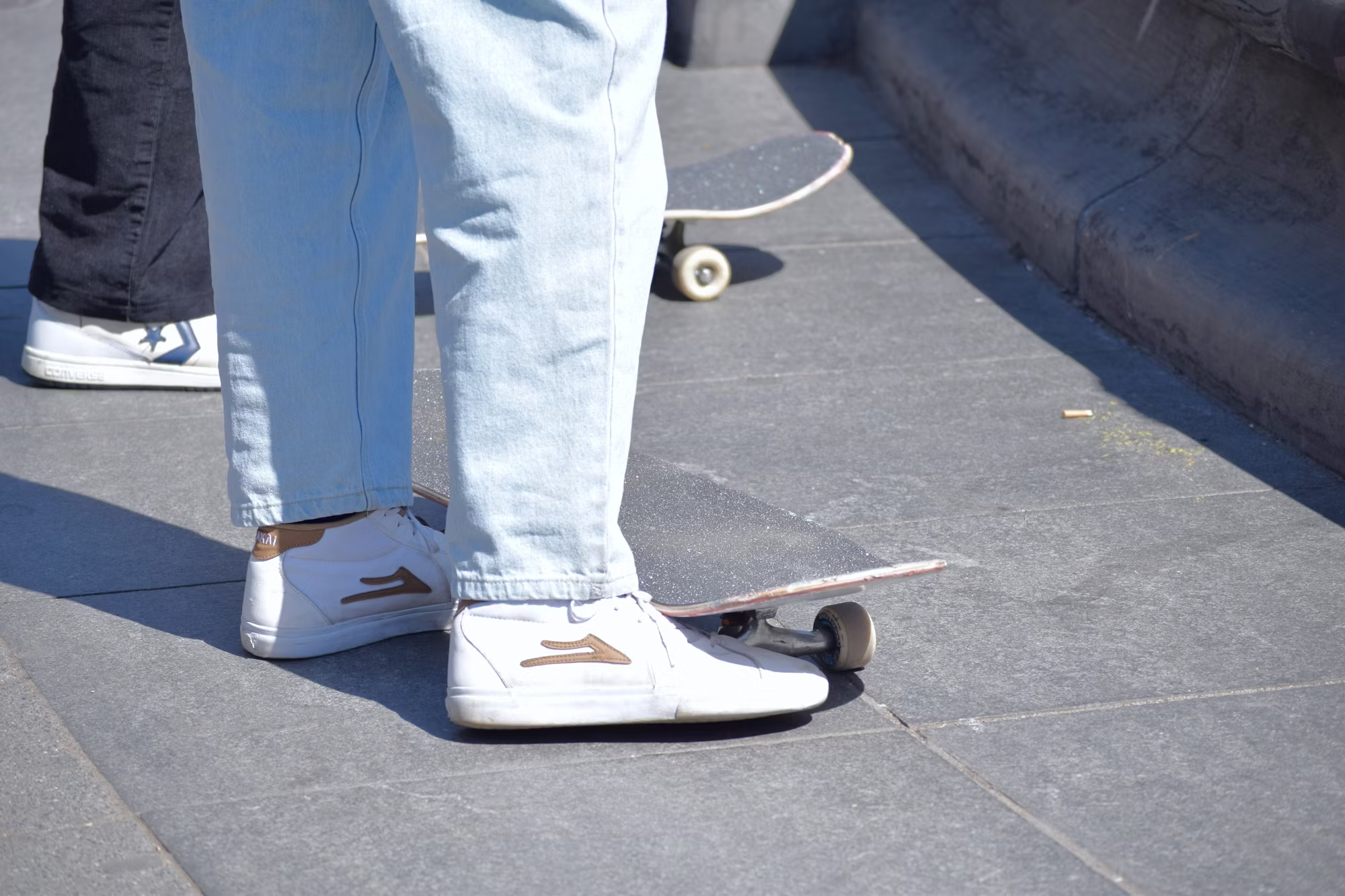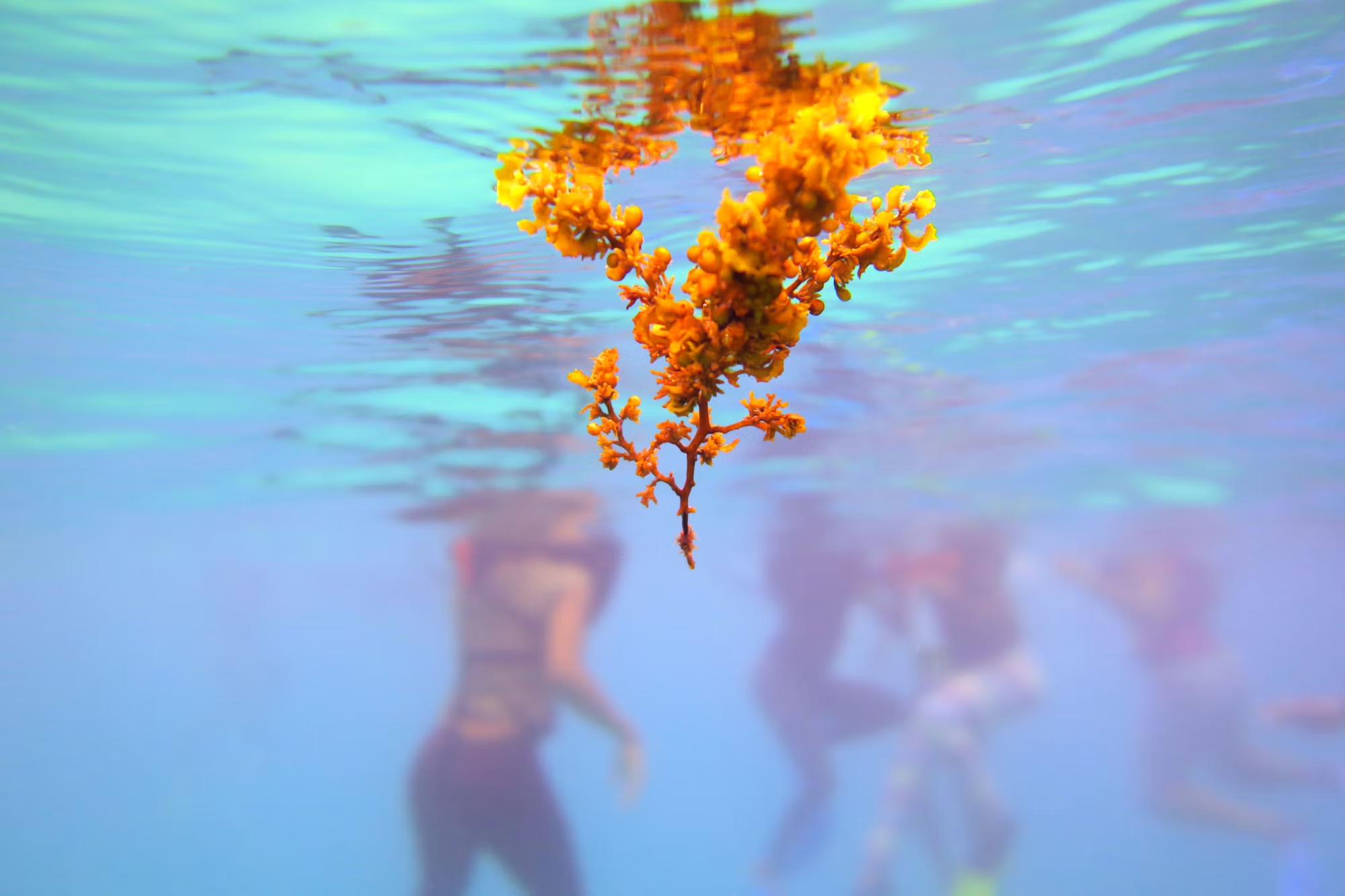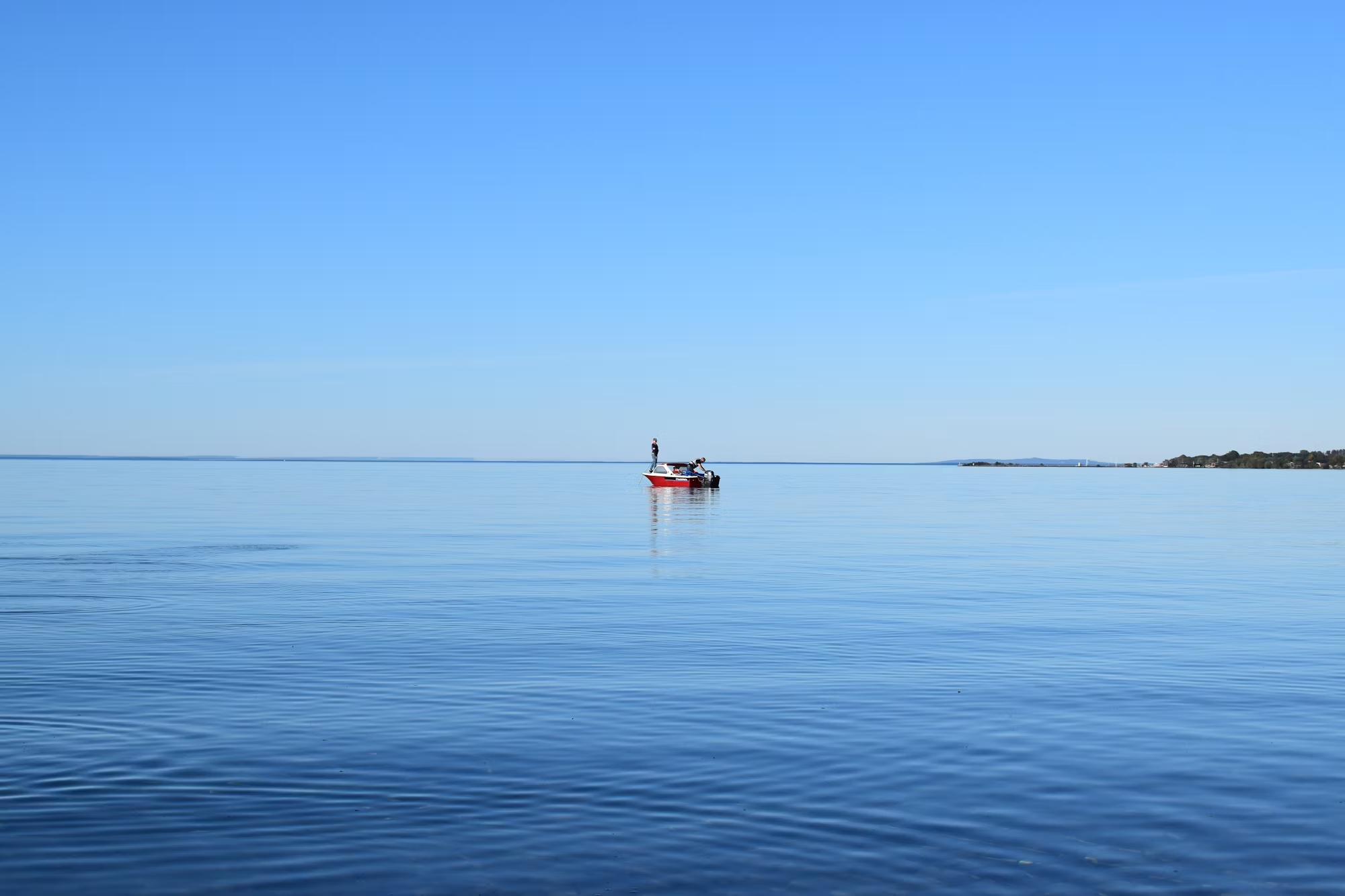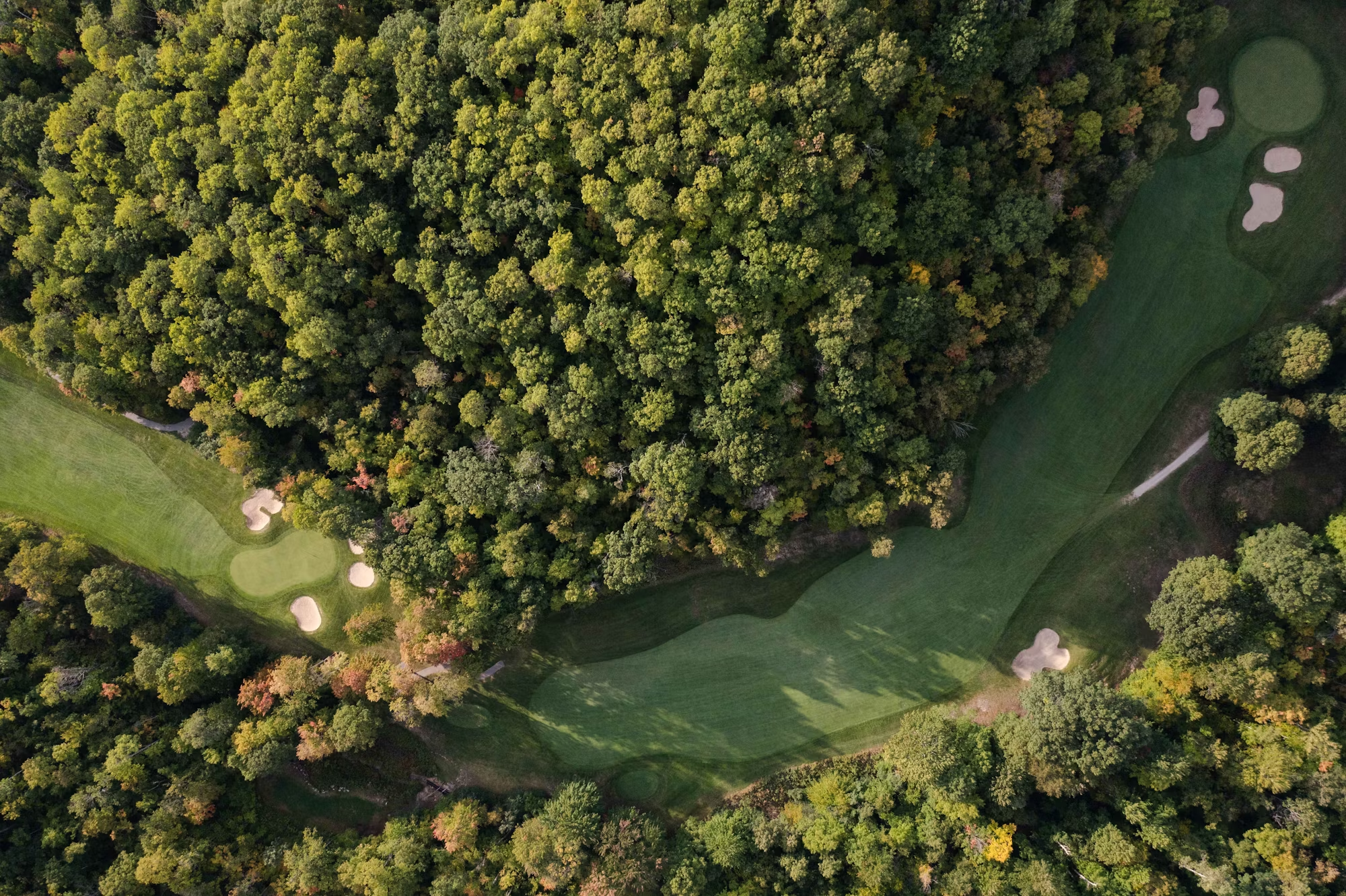Exploring Snowboarding Techniques: From Basic Skills to Advanced Maneuvers
An in-depth look at snowboarding techniques, from mastering basic skills to executing advanced maneu
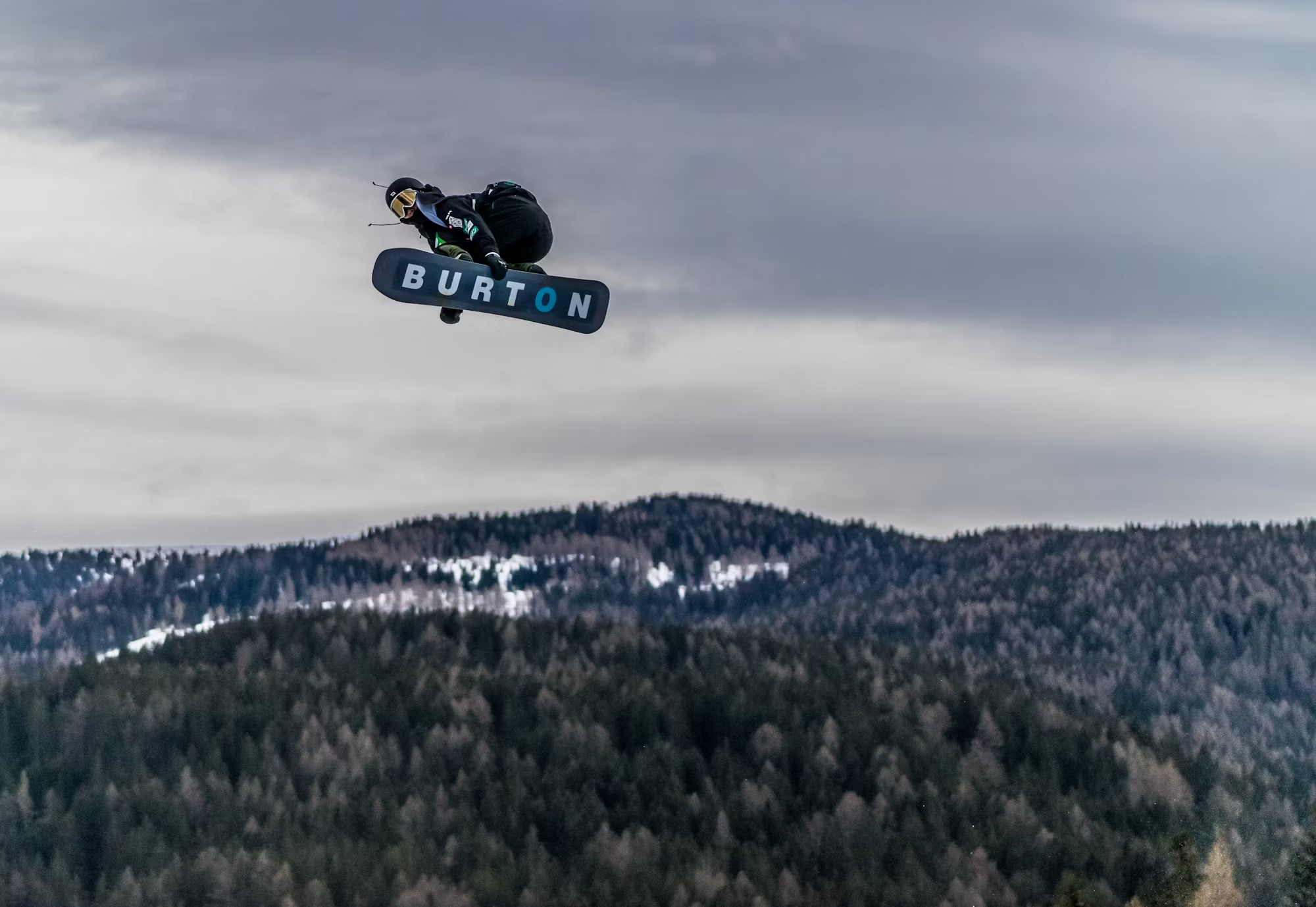
Snowboarding is an exhilarating sport that challenges riders to push the boundaries of their abilities. Whether you’re a complete beginner or an advanced rider looking to refine your technique, there is always room for improvement. Snowboarding combines athleticism, balance, and creativity, and mastering its techniques takes time, dedication, and practice. In this article, we will take you through the essential snowboarding skills, breaking them down into beginner, intermediate, and advanced techniques to help you progress and become the rider you’ve always wanted to be.
Starting with the Basics: Snowboarding for Beginners
If you’re new to snowboarding, it can feel intimidating at first. The concept of standing sideways on a board and navigating a slope may seem unnatural, but with the right approach, anyone can learn the ropes. Let’s start with some fundamental skills that every beginner should focus on before progressing further.
1. Understanding Your Stance
One of the first steps in snowboarding is determining your stance. There are two main types of stances: regular and goofy. Regular means your left foot is forward, while goofy means your right foot leads. To determine your stance, think about which foot you naturally step forward with when sliding on a slick surface. Once you know your stance, you can adjust your bindings accordingly.
2. Mastering Balance
Balancing on a snowboard can be tricky at first, but it is the foundation for all other movements. Start by learning how to balance on your board while standing still. Bend your knees slightly, keep your weight centered over the board, and look ahead rather than down. Relax your upper body, and try not to stiffen up. The more relaxed you are, the more in control you will feel.
3. Learning to Glide
Once you’ve established your stance and balance, it’s time to start gliding. Choose a gentle slope and begin by pushing off with your back foot while keeping your weight centered. Gradually, you’ll start to feel comfortable with the motion of gliding down the slope. Keep your body low, knees slightly bent, and always be ready to adjust your weight to maintain balance.
4. Turning and Stopping
After mastering the glide, the next skill to focus on is turning and stopping. Turns allow you to control your direction, and stopping is a crucial skill that ensures you can slow down and maintain control at all times. The most basic way to stop is by using the “falling leaf” technique, where you slide across the slope in a zigzag pattern, gradually slowing down by shifting your weight.
Advancing Your Skills: From Intermediate to Expert
Once you’ve mastered the basics, you can move on to more advanced techniques. The intermediate stage is about refining your skills, learning to carve, and improving your overall control on the board. With more practice, you will gain the confidence to tackle steeper slopes and perform more complex maneuvers.
1. Carving: The Art of Precision
Carving is an advanced technique that allows you to make sharp, controlled turns by using the edges of your snowboard. The key to carving is shifting your weight from edge to edge while keeping your body in a low and balanced position. As you enter a turn, dig the edge of your board into the snow to grip and carve a smooth arc.
Carving allows you to maintain speed while making sharp turns without sliding out. It is a technique that takes time to master, but once you’re able to carve smoothly, you’ll gain much more control on the mountain. Carving is essential for advanced snowboarding, especially if you plan to ride in steeper terrain.
2. Switch Riding: Becoming Ambidextrous on Your Board
Switch riding is the ability to ride with your non-dominant foot forward. This skill is crucial for freestyle riders, as it allows you to ride in both directions, making you more versatile and allowing you to perform a wider range of tricks. To practice switch riding, start by riding on a gentle slope with your non-dominant foot forward. Begin with simple maneuvers, like turns, and gradually work your way up to more complex skills.
3. Speed Control and Jumping
As you progress, you’ll begin to ride faster and tackle more challenging terrain. With increased speed comes the need for better control. You should be able to modulate your speed by adjusting your weight, stance, and turns. You should also practice jumping and landing. To perform a basic jump, you need to “pop” off the ground by pressing down on your snowboard and then using the momentum to leap into the air. It’s important to maintain a balanced position in the air and land with your knees bent to absorb the shock.
Freestyle Snowboarding: Tricks and Creativity
Freestyle snowboarding is all about expressing yourself on the mountain. It involves performing tricks and stunts in terrain parks, halfpipes, and on natural features. This style of snowboarding requires a high degree of creativity, skill, and bravery.
1. Ollies and Grabs
An ollie is one of the most fundamental tricks in freestyle snowboarding. It involves popping the board off the ground by pressing down on the tail and using your knees to propel yourself into the air. Once you’re airborne, you can grab your board with your hand, which is known as a grab. There are different types of grabs, such as the melon (grabbing the heel edge) or the indy (grabbing the front edge).
Both ollies and grabs are essential building blocks for more advanced tricks. Once you’re comfortable with basic ollies and grabs, you can move on to more complex maneuvers, such as spins and flips.
2. Spins and Rotations
Spins are a hallmark of freestyle snowboarding. They involve rotating your body while in the air. The most common spins are 180s, 360s, 540s, and 720s, with each number indicating the number of degrees you rotate. To perform a spin, wind up your body by twisting your shoulders and hips before the jump, then release the energy as you take off the lip of the jump. The key to a successful spin is timing and control, so make sure to keep your body compact and centered as you rotate.
3. Halfpipe Riding
The halfpipe is a U-shaped snow structure that allows riders to perform aerial tricks on the walls. Riding the halfpipe involves gaining enough speed to launch off the walls and execute tricks in the air. As you enter the pipe, make sure to stay low and use the wall to generate momentum. Once airborne, you can perform spins, flips, and grabs. The halfpipe requires timing and precision, as you need to control your speed and trajectory to perform a clean trick and land smoothly.
Freeride Snowboarding: Exploring Natural Terrain
Freeride snowboarding focuses on exploring the natural features of the mountain, such as powder, trees, cliffs, and rocks. Unlike freestyle, which takes place in controlled environments, freeride riding is done in unmarked, ungroomed terrain, where riders must adapt to changing conditions.
1. Riding Powder
Riding in powder is one of the most exhilarating experiences in snowboarding. Powder snow is deep, soft, and challenging to ride, requiring a different set of skills. To ride powder effectively, keep your weight toward the back of the board to prevent the nose from sinking. Use wide, smooth turns to maintain speed, and try to stay light on your feet.
2. Tree Riding and Technical Terrain
Freeride riders often navigate through trees, cliffs, and other natural obstacles. This type of terrain requires precision and quick reflexes. When riding through trees, keep your turns sharp and quick, constantly adjusting to the changing terrain. It’s important to be aware of your surroundings and keep a safe distance from rocks and other obstacles.
Conclusion: Progressing in Snowboarding
Snowboarding is a sport that encourages continuous learning and improvement. By mastering the basics, progressing to intermediate skills, and eventually pushing yourself to try advanced tricks and maneuvers, you will constantly evolve as a rider. The key is to enjoy the journey, remain patient, and never stop challenging yourself.
Whether you’re aiming for a perfect carve, landing a complex trick in the terrain park, or riding untouched powder in the backcountry, snowboarding offers endless opportunities for growth and exploration. The more you ride, the better you will become—so get out there and keep progressing!

